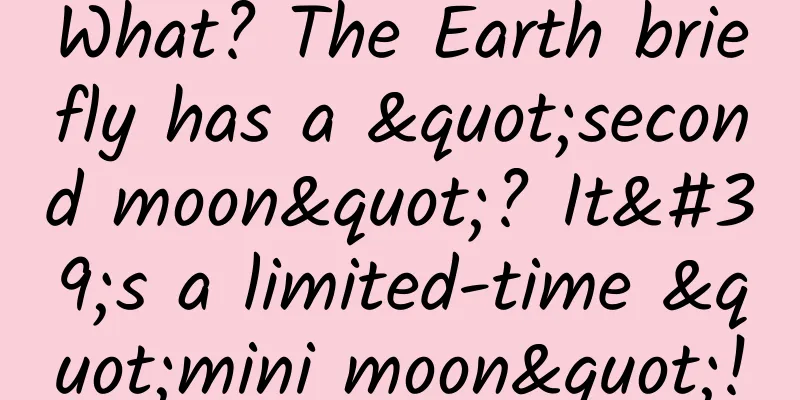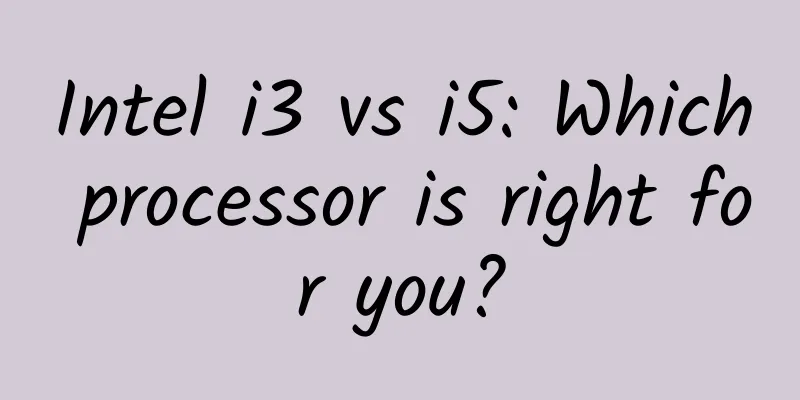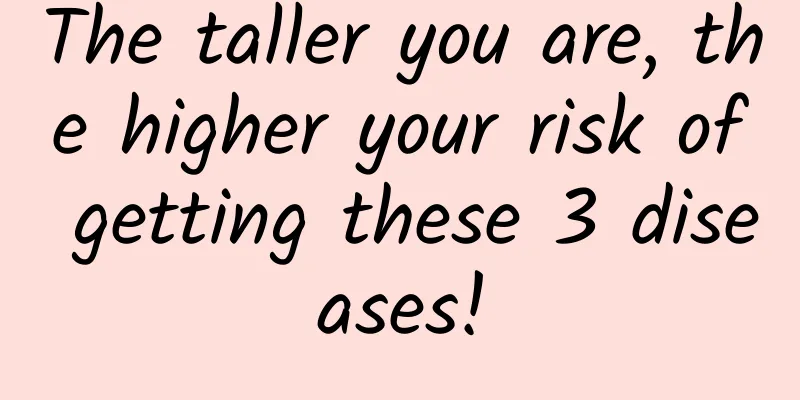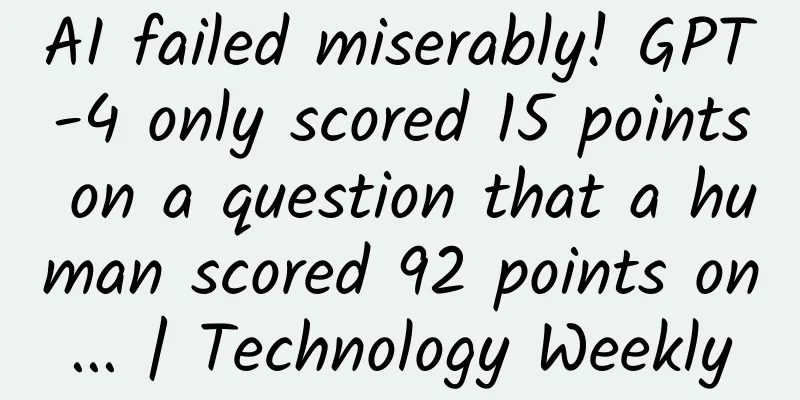What? The Earth briefly has a "second moon"? It's a limited-time "mini moon"!

|
According to astronomical experts, the Earth has recently welcomed a new limited-time "mini moon". Who is this "moon"? Why is it called a limited-time edition? Wang Kechao, the director of science popularization at the Purple Mountain Observatory of the Chinese Academy of Sciences, will reveal the secrets for you. Wang Kechao introduced that this new "moon" is actually a near-Earth asteroid named 2024 PT5. In August this year, the South African ATLAS observation program first observed this asteroid, which has a diameter of about 11 meters. "This asteroid was recently temporarily 'captured' by the Earth's gravity near its orbit and is orbiting in a horseshoe-shaped orbit relative to the Earth. It will orbit the Earth from September 29 to November 25 this year, and during this period it will briefly become a 'small satellite' of the Earth, quite similar to the moon. After that, the asteroid will break free from the Earth's gravitational pull, leave the vicinity of the Earth, and continue to orbit the sun," said Wang Kechao. According to current observations and research by astronomers, the semi-major axis of 2024 PT5 is 1.012 AU, the eccentricity is 0.0210, the orbital inclination is 1.52 degrees, and the orbital period is 1.02 years. The semi-major axis of the Earth is 1 AU, the eccentricity is 0.0167, and the orbital period is 1 year. The orbit of 2024 PT5 around the Sun is very similar to the orbit of the Earth around the Sun. However, because this asteroid is farther away from the Earth than the Moon and is too small, the general public cannot see this limited-time "second Moon" of the Earth with the naked eye or with the help of binoculars. 2024 PT5 is an Apollo-type near-Earth asteroid. Wang Kechao explained that the semi-major axis of the orbit of this type of asteroid is larger than the semi-major axis of the Earth's orbit, and the perihelion is within the Earth's orbit. For this type of asteroid that crosses the Earth's orbit, some of them are very close to the Earth and may pose a threat to the Earth. "But don't worry, the current closest encounter distance between the orbit of the asteroid 2024 PT5 and the Earth is about three times the distance between the Earth and the Moon, and it will not pose a threat to the Earth." In the past, the Earth has briefly had a "second moon" several times. Wang Kechao gave the example of the asteroid 2022 NX1, which was briefly "captured" by the Earth's gravity in 1981 and 2022. Source: Xinhua News Agency WeChat Official Account |
<<: How did modern humans “climb onto” the Qinghai-Tibet Plateau? A gift from the Denisovans
>>: The world's smallest human: Why did Homo floresiensis evolve into a 'hobbit'?
Recommend
Tencent QQ expansion officially launched, netizens joked: I feel 10 years younger
Earlier in March, Tencent QQ launched a test of t...
Taoguba Linsanity Halfway Buying Model Complete PDF Document
Taoguba Linsanity Linsanity Halfway Buying Model ...
The quickest way to lose weight: Can you lose weight immediately by just lying down?
What efforts have you made to become thinner and ...
He had survived many near-death experiences in the wild, and these experiences made him a "stone"
We geologists are like “doctors” who treat the Ea...
To B & To C: Are the operations of To B products really different?
Common concepts of To B operations and To C opera...
Sorry, blue is beautiful, but I refuse blue food...
Why do blue foods make people lose their appetite...
"Losing weight" is a big deal! These 6 wrong ways to lose weight may ruin you
Being fat may sound like a trivial matter, but it...
Tips to increase your Facebook page to tens of thousands of fans!
As the largest overseas social platform, Facebook...
Use day cream during the day and night cream at night? Can I use whatever I want?
Reviewer: Yang Rongya, Chief Physician, Seventh M...
Guess whose baby this is?
Image source: Pinterest Dumb Guess the insects by...
YouTube video marketing promotion, how to create video content?
When advertisers use YouTube for overseas video m...
Comment: American inventions plus Chinese manufacturing plus the global market are the future trend
The inventor in our impression is someone like Ed...
How does Kuaishou Games do brand marketing?
As a top national mobile game, the total number o...
Ongoing front-end engineering and performance optimization
As a developer, not just a front-end developer, y...
A competition between two masters: A strategic comparison between Tencent Music and Taihe Music
In 2017, the domestic music copyright landscape u...









